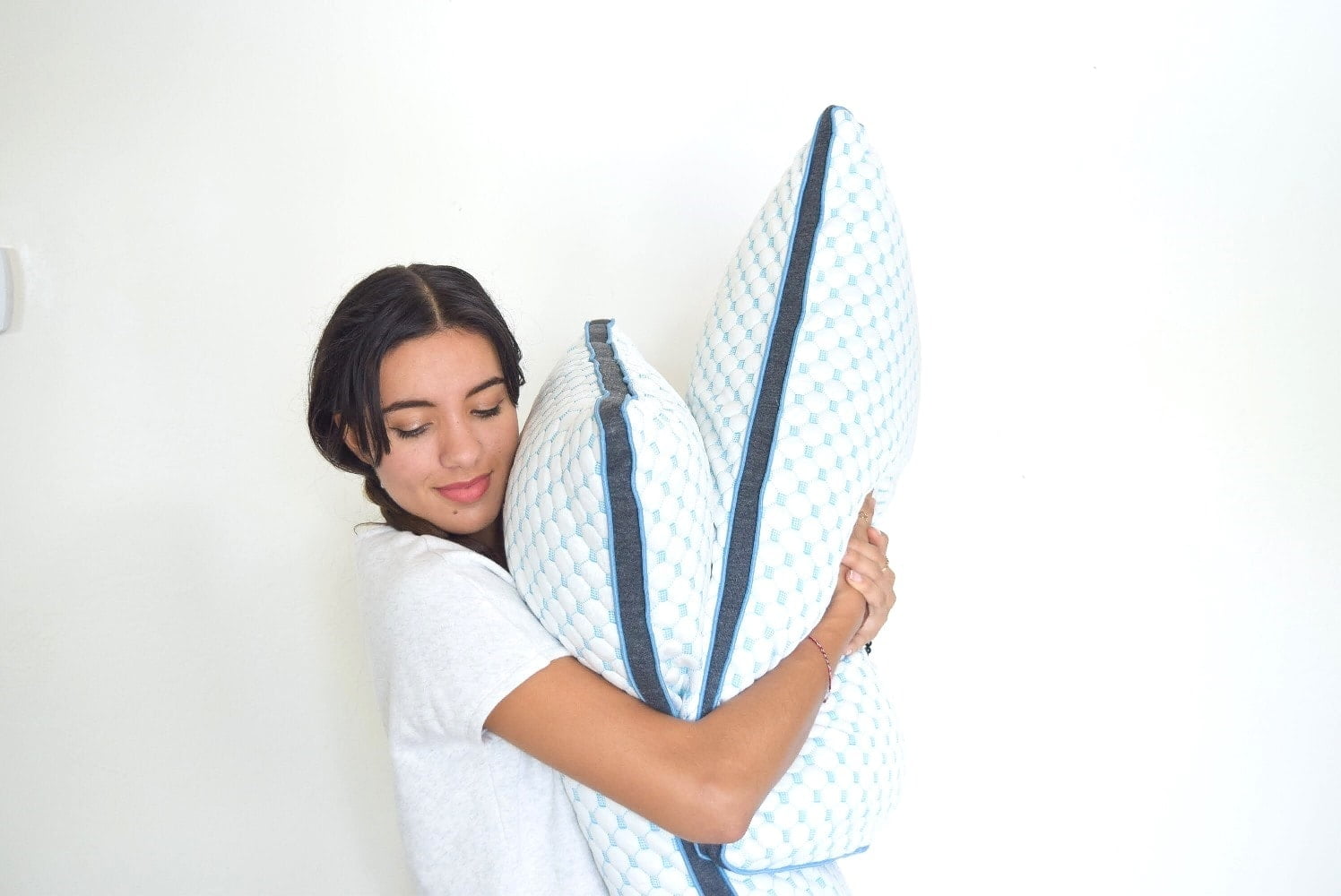Simple Guide for Cleaning Pillow
In both summer and winter, it is important to regularly wash our duvet covers, mattress sheets and pillow covers every month or twice a month. It is important to have a clean environment in the bedroom. What about our pillows and duvets? Linens are much thicker and often protected; it does not seem obvious to clean them. A passage in a machine is it likely to damage this particular household linen that is our quilts and pillows? The Coldest Water gives you all the secrets to clean your duvets and pillows.
For people with allergies, pillows can be a source of problems. Therefore, it is a good idea to clean your pillows at least twice a year. Here’s how.

Go for Cooling Pillow for Comfort SHOP NOW
Simple Guide to Cleaning Pillows:
What is hidden in Your Pillow?
Dust, body oils, perspiration, and dead skin particles accumulate on (and inside) pillows.
Pillows also harbor mites – the microscopic organisms that cause allergies in many people.
If you have goose down, dust and dirt act like abrasives and shorten the life of your down.
Fiber Pillows:
Most people simply put in the washer to clean.
While it is recommended that you always follow the instructions on the pillow care label, in general, you can wash the fiber pillows in cold water and tumble dry them at a low temperature.
You can also dry them on a clothesline.
Just hang the pillow under the sun at one end.
Ensure that the pillow is fully dry before use.

Go for Cooling Pillow for Comfort SHOP NOW
Down and Feather Pillows:
Pillows of this type should ideally be machine washed or dry cleaned according to the manufacturer’s instructions.
Some recommend only dry cleaning, saying machine washing of down and feathers would reduce their natural resilience.
If you decide to dry clean your pillows, take them to a cleaner who has experience with down filling.
If you smell dry cleaning solvent vapors, ventilate the pillows until they are all gone.
Machine Wash Tips:
Use a mild cleanser, making sure it is completely dissolved before immersing the pillow in water.
Do not wash more than two pillows at a time.
Tumble dry at low or medium temperature. Throw in a couple of clean tennis balls, this will help to inflate the feathers in the pillows.
Be patient – it could take four hours or more to dry completely.

Go for Cooling Pillow for Comfort SHOP NOW
To dry on the rope, hang the pillow by a corner, in the shade (and not in the sun, like the fiber pillows, as discussed above).
Direct sunlight can cause the feathers to sweat, which will cause odors.
After drying the pillows on the string, place them in the dryer at low temperature to inflate the feathers.
To Clean a Soft Pillow:
For the pillows to resume their volume, dry them at low temperature for about 10 minutes. This is much easier than a thorough wash and is an effective way to remove at least some of the dust and dry skin particles.
Perform the drying twice a year, between washes, to keep your pillows clean and avoid allergies.



